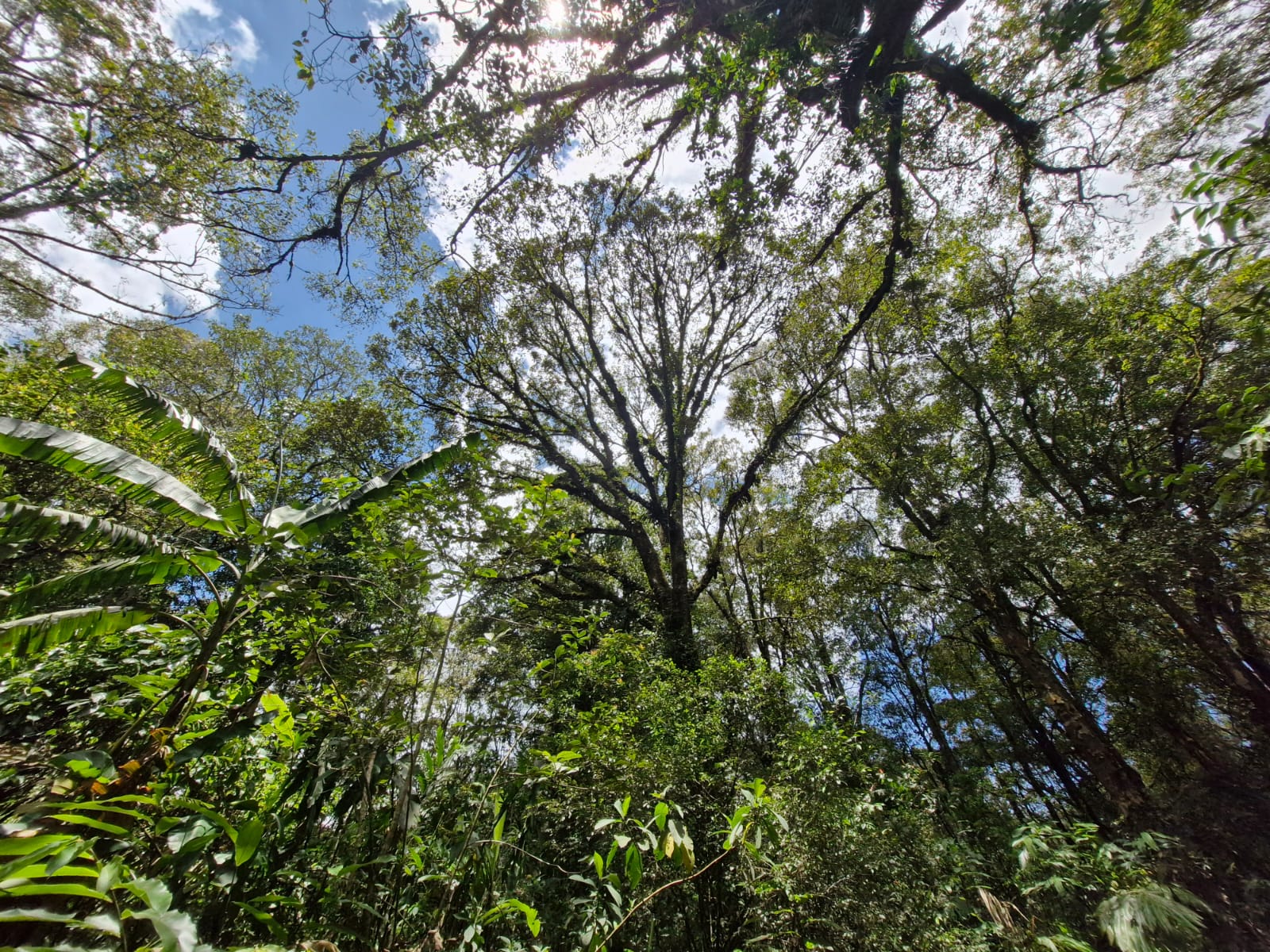At Green Hills Park, biodiversity isn’t just a buzzword—it’s a way of life. From its towering forests to its meandering streams, the park is a treasure trove of ecological riches, boasting a staggering array of plant and animal species.
One of the park’s most notable features is its diverse range of habitats, which provide homes for countless species of flora and fauna. Dense woodlands harbor an abundance of wildlife, from elusive deer and foxes to colorful songbirds and elusive owls. Wetlands and ponds teem with life, hosting a dazzling array of aquatic plants, insects, and amphibians.
But it’s not just the variety of habitats that makes Green Hills Park so biodiverse; it’s also the park’s commitment to conservation and habitat restoration. Invasive species are carefully managed to protect native plants and animals, while habitat restoration projects aim to recreate natural ecosystems that have been lost or degraded over time.
One such project is the restoration of native prairie habitats, which were once common in the region but have since dwindled due to agricultural expansion and urban development. By reintroducing native grasses and wildflowers, Green Hills Park is not only enhancing biodiversity but also providing essential habitat for pollinators such as bees and butterflies.
Another key aspect of Green Hills Park’s biodiversity conservation efforts is its role in wildlife monitoring and research. Park staff and volunteers work tirelessly to track populations of rare and endangered species, gathering valuable data that informs conservation strategies and helps to ensure the long-term survival of these vulnerable creatures.
Through these initiatives, Green Hills Park serves as a vital refuge for biodiversity, preserving the rich tapestry of life that thrives within its borders. As visitors explore its winding trails and hidden glens, they are not only treated to breathtaking natural beauty but also reminded of the importance of protecting and cherishing the world’s precious ecosystems.

